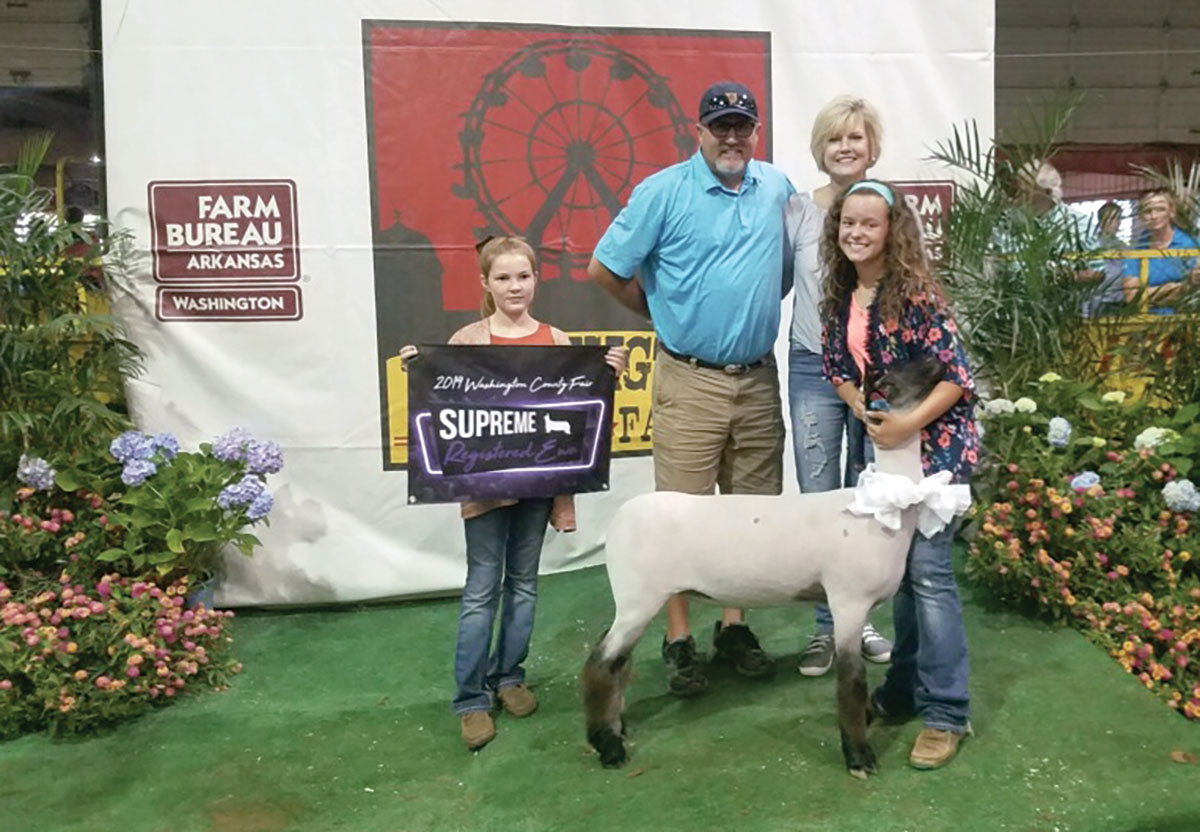
Tony and Linda Nichols own and lease 2,000 acres just outside of Wainwright, Okla., in Council Hill where they raise a commercial herd with 400 mommas. The land where the Nichols’ house sits was purchased by Tony’s grandfather 100 years ago and added to as the years have gone by. Tony said, “I was born a rancher and really wanted to live with my grandparents because my folks lived in town.” Tony and Linda have been married for 53 years after meeting at church when 5 or 6 and becoming sweethearts in high school although they went to different high schools. When Tony asked Linda to go on their first date at his high school’s talent show, Linda wasn’t sure if he was asking her out or selling her a ticket. Linda said, “That date was it, and we’re still dating now.” The couple has three girls, seven grandchildren and one great granddaughter with another on the way. Colt Watson, the oldest grandson, is a fulltime employee.
The Nichols’ ranch uses mostly AI and uses some of their yearlings as cleanup bulls in a 70 to 75 day fall calving season. As part of their annual calendar, the Nichols hold a commercial bull sale on the ranch in March with the bulls they have used as yearling cleanup bulls.
The cattle are divided into six herds with some using natural service only with their commercial Angus or Black Simmental/Angus cross bulls because AI is performed in a three-week period, and the number of cattle makes full AI impractical. Extra help from other family members is utilized during AI season. Semen is purchased from reliable commercial suppliers. The Nichols consider EPDs and other information to select bulls whose daughters will calve easily, have depth and capacity, be structurally sound, milk at an appropriate level for their environment and have good udders. The ranch has a 75 to 80 percent AI conception rate with a total conception rate of 97 to 98 percent. The few who don’t breed back are marketed or bred in the spring. Tony said, “I really like the Simmental/Angus cross in order to get hybrid vigor. The Angus provides marbling and fleshing ability while the Simmental improves yield grade.
Bull calves not selected as cleanup bulls, are knife cut in November after most of the calves are born. Heifers are divided into thirds with one third going to the feed yard, one third sold as bred heifers, and the final third used as replacement heifers.
Tony prefers corn gluten, a byproduct feed, which he believes is good for the environment as well as being economical and helping control costs. Another reason for selecting corn gluten is that the major mineral deficiency from forage is phosphorus, and corn gluten contains adequate phosphorus replacement. Salt is also provided.
While 100 acres of native meadow is set aside for hay, the bulk of their hay comes out of the Bermuda/Fescue pastures which are fertilized as needed, sometimes with commercial fertilizer and sometimes with chicken litter in order to maintain a protein content of 8 to 12 percent. Pastureland is divided into two pastures per herd of cows with the cattle being rotated according to forage and water conditions.
Calves are sold from May to July at 700 to 800 pounds with an agreement to ship in July. The Nichols sell one-half interest in their steer calves to a feed yard and own the other half until slaughter. The ranch has used this process for 30 years and generally offer the calves to the last year’s partner first with only a few changes in partnerships over the years.
Tony said, “The cow/calf industry is marginally profitable so paying attention to details is critical. You have to have a plan but remain flexible and adapt to unexpected changes such as the recent drought. That includes analyzing feedlot data, carcass data and preconditioning information to ensure healthier and growthier premium calves.”







